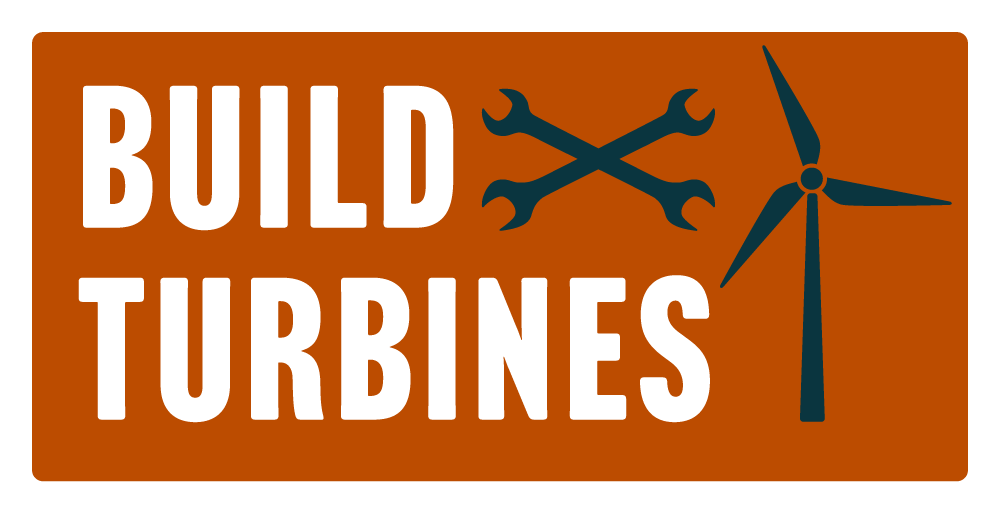When it comes to technical skills, there’s nothing like hands-on training and experience to instill confidence – and blade technicians need all three.
Blade Repair Academy serves as a training ground for individuals specializing in wind turbine blade technician roles. The 4300-square foot space about 40 miles outside of Chattanooga, Tennessee, is a structured setting designed by seasoned blade repair experts to impart the skills (both artistic and scientific) necessary to operate, maintain and repair wind turbine blades.
Alfred Crabtree, the visionary behind Blade Repair Academy, also serves as its chief executive officer. Prior to establishing the academy, Crabtree dedicated over six years to repairing wind turbine blades using ropes and platforms.
Contact Crabtree on LinkedIn or visit Blade Repair Academy to learn more
After those six years, Crabtree was considered a veteran in the field, and he wanted to use his experience to create and manage a comprehensive program for training in composite materials, and Blade Repair Academy was born. To be fair, Crabtree had some important ropes experience before he began working in blade repair – as a SPRAT certified technician, Crabtree had participated in several cave rescues. (SPRAT is the Society of Professional Rope Access Technicians.)
After hearing Crabtree present at Blades USA in 2024, Joel Saxum, Chief Commercial Officer of Weather Guard Lightning Tech, asked to interview him to learn more about training opportunities for wind turbine technicians and others in the wind industry. This article offers some insights from their discussion. The full interview can be found here.
While demand for blade repair technicians is growing, the profession faces a significant challenge in retaining skilled workers, and not just in retaining them – there is some misunderstanding in classifying people in the profession.
Recognizing Professional Blade Technicians
The situation is complex, as the US Department of Labor does not officially recognize “Blade Repair Technician” as a profession. Crabtree explained that “blade repair” is a subcategory within the broader role of Wind Turbine Technician. This lack of official recognition can make career paths seem uncertain, but for good reason, the industry is working diligently to define these roles.
Crabtree emphasizes that it’s up to the industry to create clear job descriptions, rather than relying on the Department of Labor. Crabtree, along with others in the wind energy sector, has been working with the Department of Labor to establish a formal listing for blade repair technicians.
That effort is part of a broader push to standardize and professionalize the industry, which is expanding to meet global demands. Although some government funds are available to support apprenticeship programs, Crabtree cautions that some government funding or tax incentives can be problematic.
Unfortunately, there have been instances where large companies set up superficial ‘apprenticeship’ programs that lack real value, despite receiving government support. This not only wastes resources but also fails to benefit the industry or the blade repair profession.
How Do Blade Repair Technicians Acquire Their Skills?
Whether it’s adeptly operating a grinder, interpreting a work order, or working at elevated heights, current training programs must accurately represent the challenges faced by wind turbine technicians in the field. While some formal training can make the transition into the industry a smoother (and safer) process, it’s common for wind energy professionals to receive training on the job, often while working directly on blades.
“It can take up to half a season to fully understand the quality of work, which can be quite daunting,” Crabtree mentioned. This is the reason Blade Repair Academy emphasizes practical, hands-on learning in a controlled setting.
Anytime a technician is up on a blade, there are numerous steps that need to be executed precisely in order to ensure safety.
Since the founders of Blade Repair Academy have practical field experience, they possess insights that might seem unusual to students and their potential employers. What is learned on the job is hard to categorize, to say the least. And sharing that knowledge is no small task. “The most skilled technicians might not be the best teachers,” Crabtree noted.

A Core Curriculum and Practical Experience Boost Safety
In reality, the technicians who excel under pressure tend to be focused and task-oriented, rarely taking the time to instruct others or allow them to demonstrate newly acquired skills. This adds to the pressure of the situation, as deadlines are often tight due to unpredictable weather conditions and other uncontrollable elements.
Blade Repair Academy offers a range of courses covering the basics, such as working with composites, applying new techniques, requirements, and technologies, as well as specific repair methods for LE/TE bond line splits and transverse cracks to spar cap and tip repairs. In addition to courses, employers can send new employees to the Academy for evaluation or assessment before they are assigned to a project. These evaluations focus on communication, technical and safety skills, and overall competency.
After completing the assessment, a thorough report with images is provided to both client and technician. Otherwise, Crabtree explained, there are limited ways to gauge a technician’s competency until they are out in the field – where the stakes are higher.
Simply put, wind turbine owners and operators must have confidence in their blade repair technicians. And even more important, the technicians must be completely confident in their own skills and abilities. Crabtree – and trainers at Blade Repair Academy – encourage technicians at all levels to value themselves enough to invest in proper training, and to request that their employers offer regular training in the skills and techniques that keep everyone safe, and wind farms they work on running at optimal capacity.
Questions about training? Contact Blade Repair Academy here.
Photo Credits: Alfred Crabtree and Blade Repair Academy

